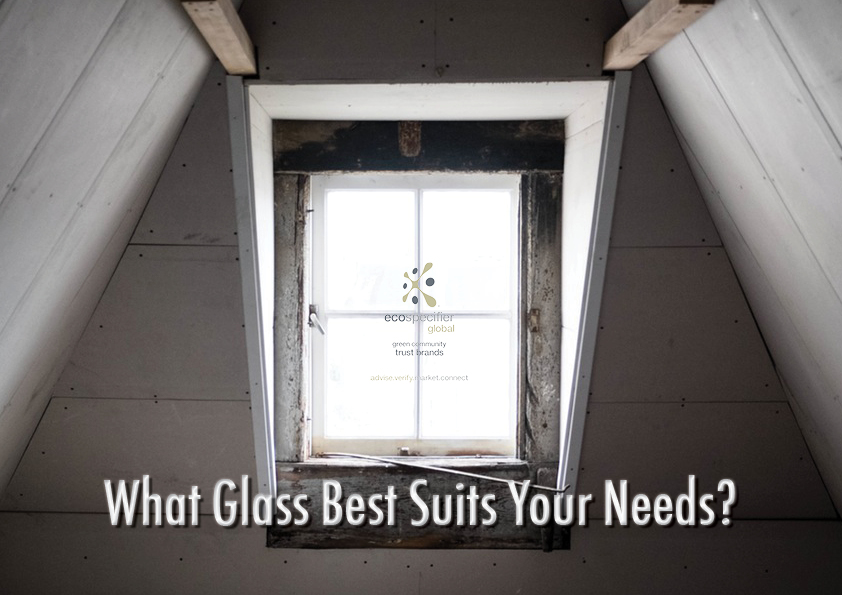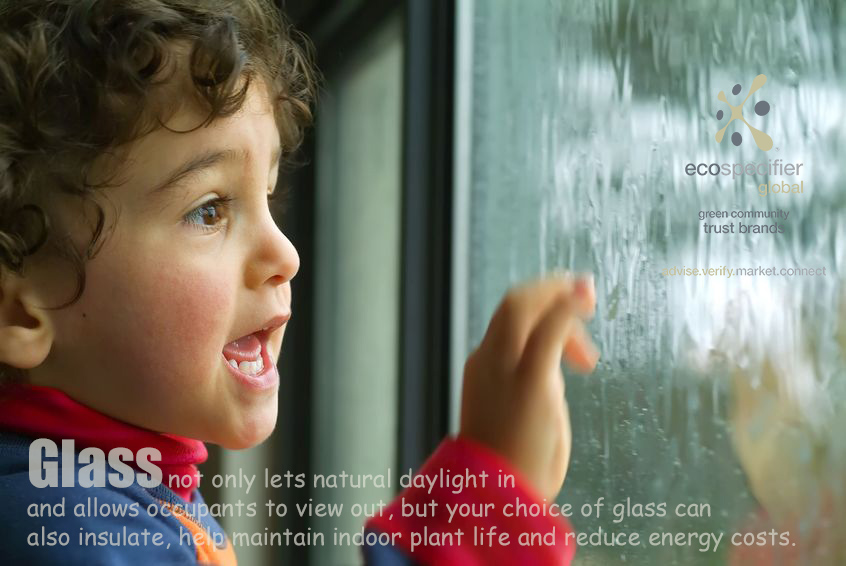Glass is omnipresent in modern homes. Much of the success of our homes depend on the correct selection of glass to keep our families comfortable and safe. Here is a brief summary of what glass to choose in your home or renovations.
Safety Glass
Anywhere there is risk of impact onto glass, safety glass must be used. There are two main types of safety glass; laminated, toughened and wired. Laminated glass is the most popular type, consisting of an interlayer of flexible plastic sandwiched between two panels or ordinary glass. The interlayer strengthens the glass, aiding for example in providing safety from flying debris in storms. It also helps in protecting homes from attempted burglaries, as it will not break as easily as standard glass, thus deterring potential intruders. Toughened glass is heat treated so as not to break into sharp shards, it ‘crumbs’. Once manufactured it cannot be cut and has to be made to size. All glass handrails and structural glass is toughened glass.
Climate Sensitive Glass Choice
Single pane glass is almost completely transparent to heat and cold, pretty much just keeping out the breezes. So to make a house more comfortable focus on the type of glass in the windows (after insulating the roof and walls properly) is the next best use of your money. The design and placement of glass in specific areas of the building can be used to improve energy efficiency by using it to take advantage of natural light. For example, it is common to see more glass located along on Northern elevations to capture the winter warming sun rays and keep summer heat out more easily with simple eaves overhangs. .
In warmer climates, toned glass can be used to minimize solar heat gain and help control glare. Toned Glass intercepts energy from the sun and converts this to heat, a portion of which is released to the outside, but some still enters the building. The darker the tone, the less light it will allow in to the building.
Reducing heat loss can also be achieved by using various types of glass. For example, double glazing has two panels of glass separated by an air space, with the air space acting as an insulator against heat loss or heat gain. Very high efficiency double glazing often has an inert gas fill in the cavity as well such as argon. Double glazed windows provide meaningful thermal benefits in virtually all Australian climate zones, especially when you want larger areas of glass than are permitted under the singled glazing requirements within the National Construction Code and the NatHERS home rating scheme. Double glazing can be retrofitted with some difficulty, or it can be easily fitted using a specially designed a retro-fitting system like Magnetite.
Danpalon polycarbonate glazing as an alternative to glass, is a translucent or transparent multi-glazed system with good thermal insulation, water tightness and impact resistant while blocking UV radiation.
‘Low E’ glass is modified single pane glass that has a molecule thin, transparent metal coating applied to the glass surface that can be used by itself to improve heat loss of a single pane system or in double glazing to increase its efficiency even further. Low E glass is most useful in cold climates.
Click here, to see the list of Glass and related products on Ecospecifier website.
Explore more about the product ranges that have been eco-certified and listed by Ecospecifier, by using the Product Search Engine on Ecospecifier Global: http://www.ecospecifier.com.au
Join us in more conversations about green products and sustainability issues on our social media pages:
Follow Ecospecifier on Facebook
Follow Ecospecifier on Twitter
Follow Ecospecifier on LinkedIn
Join our Social Media Honour Roll – support the switch to green products
Like, Comment and Share our blogs and posts on your social media pages … and we will send your name out to more than 15,000 subscribers via our monthly Ecospecifier Global Newsletter.
See which stellar individuals, businesses and networks made the latest Honour Roll on Twitter and Facebook HERE We salute you in helping us educate and help more people #MaketheSwitch to #EcoResponsible products.


